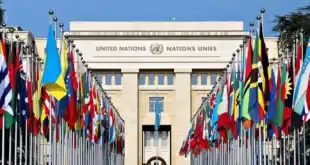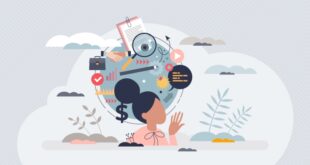Investing time and money into a website is a simple decision for a lot of organisations around the world, including NGOs based in high income economies (e.g. USA, UK, Australia, etc.). The benefits are less clear for organisations in low income countries, such as Malawi, where the costs of Internet access are disproportionately high and only a small proportion of the country is ‘online’.
Even local NGOs in low income countries can benefit from having a website. It helps them look more professional to donors and partners, gives them a useful communication channel, and creating websites has gotten substantially easier over recent years (and will continue to do so).
The first question to ask yourself is why do you need a website for your organisation? You know, beyond that it is being recommended in this article. What are the objectives / goals of the website… what is it meant to achieve? Examples here can range from a very simple website with an about page and contact details, all the way up to a website with program updates, stakeholder communications and the ability to accept donations. The decision on objectives will also need to take into account how much money and time you want to spend.
1. A website helps increase the legitimacy of your organisation
A website helps current and future donors, and partners verify the existence of your organisation and make you look more ‘real’. A website contributes to making your organisation look more professional when applying for donations, grants, tenders, etc., and gives donors and partners a place where they can go to find more information about your organisation.
At the very least, a website can provide others with up-to-date contact details and an address for your organisation (both of which can be hard to come by). More robust websites will feature information about the organisation, an overview on the projects / programs they run, updates, reports, staff bios, and may even be able to gather donations.
Ideally the website should be ‘good enough’ designed (i.e. it shouldn’t look like it is 15 year’s old) and the content should be well written in whatever language you have chosen. Design is a tricky one because it is very subjective, changing based on individual preferences.
2. Creating a website is getting easier and easier
The good news is that websites are getting easier and easier to set up. You no longer require a developer to set up a basic website, and there are a number of website builders that make life even easier. Free tools and services can handle most of the hard bits for you… although you still need to figure out how to use these systems (and certain features do cost money, normally as a monthly fee).
Matt Janaway has written a comparison of seven different website builders on the Smart Insights digital marketing website. A number of the builders offer free functionality and have options that you could use to set up a basic website.
3. Additional communication channels are useful
A website is an additional communication channel for your organisation, which can be quite useful in certain situations. The most obvious one is when your project / program audience (e.g. program participants or beneficiaries) are able to be engaged through the Internet and are an audience for your website. An example might be an advocacy organisation whose audience is online and directed to the website.
A website also allows you to provide content targeted at partners and donors, such as reports, program updates, information about your organisation and contact details.
4. An organisation website is good for your profile (and your colleagues’)
When someone asks you what you do or who you work for, it is very useful to be able to point them to a website, or even to have a website listed on a business card. Increasing the legitimacy of your organisation with a website can reflect positively on you and your colleagues (although this shouldn’t be the only reason for the website!).
5. Internet usage is increasing
While Internet usage in low income countries is currently quite low (often less than 10%), it is important to note that that usage is increasing. For example, the average year-on-year growth rate of Internet users in low income countries in Sub-Saharan Africa is about 25% for the previous five years.
Check out this graph and table published by The World Bank for more information on Internet usage trends.
So you’ve decided to create a website…
We’ll be posting a companion article on things to keep in mind when creating a website for your organisation.
Photo by Baldiri




